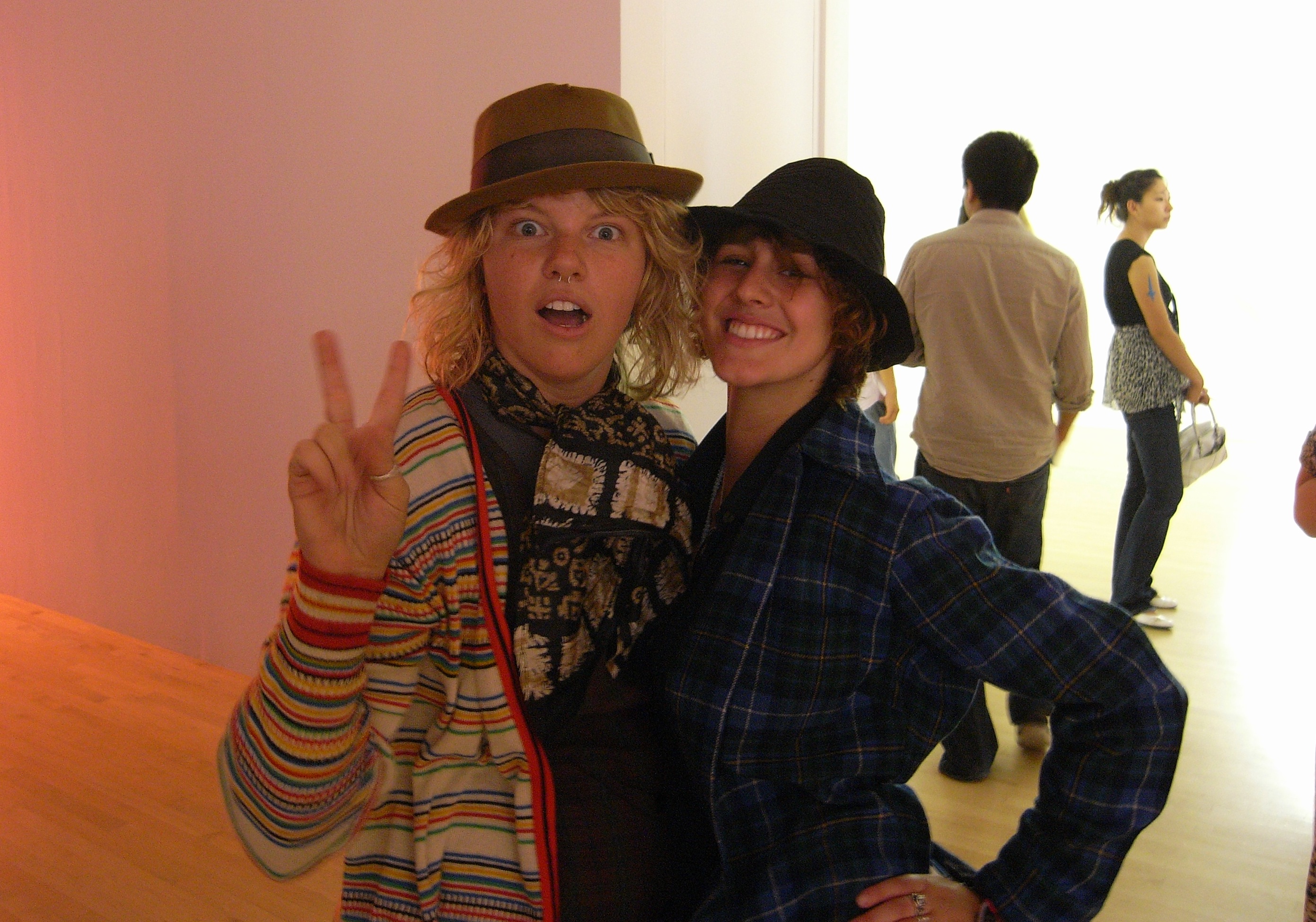empathy
More Than The Minimum Requirements

Minimalism has often been criticized as a movement with no purpose that produces easily reproducible works with minimal to no effort, consequently trivializing not only the works themselves but also its place within the history of art as a whole. While this scholarly debates rages on, all I can say is that Dan Flavin and Donald Judd enliven me. Luckily, David Zwirner Gallery’s new space in Chelsea is showcasing an exhibition entitled “Dan Flavin and Donald Judd” that is not to be missed.
A Minimal History (of Minimalism)
The beauty of minimalism draws on its simplicity and its ability to communicate through a lack of visual imagery; and while many of its products may seem banal and elementary, it’s much easier said than done. Furthermore, to strip art, object and meaning down to its most basic form while still retaining an aesthetic and intelligible message is not only an impressive feat, but actually requires a mastery of the basic foundations of art (for one cannot break the rules without first understanding them completely).
One of the most pervasive examples I can think of to represent this shift is Pablo Picasso. While not part of the minimalist movement himself, he is most known for his cubist paintings and drawings; however, Picasso was formally trained in a strict and rigid manner of naturalist painting by his father and then later in a proper arts academy. Therefore, many of his early works vary greatly from the pieces he would later become known for. Similarly, Flavin and Judd come from an analogous tutelage; both artists began sketching and drawing ad nauseum before they ever became known for their revolutionary styles that would change the landscape of American minimalism.
The Flavor of Flavin
Dan Flavin’s obsession with light and its application as an artistic medium began in 1964 with his first exhibition using florescent bulbs. The installation proved a success but seems nearly lifeless compared to the installations we’re accustomed to seeing from him now (there is a pretty clear progression of his work as an artist). However, more important was the birth of Flavin’s experimentation with how his pieces and viewers interact with each other and the space that surrounds them. And that’s what makes Flavin’s work so timeless and unique: even though you might be viewing an installation that has been seen dozens of time, in each gallery it occupies an entirely different space, ultimately changing, or modernizing itself altogether.
| Continued on Page 2 |
Be the first to write a comment.
Your feedback
